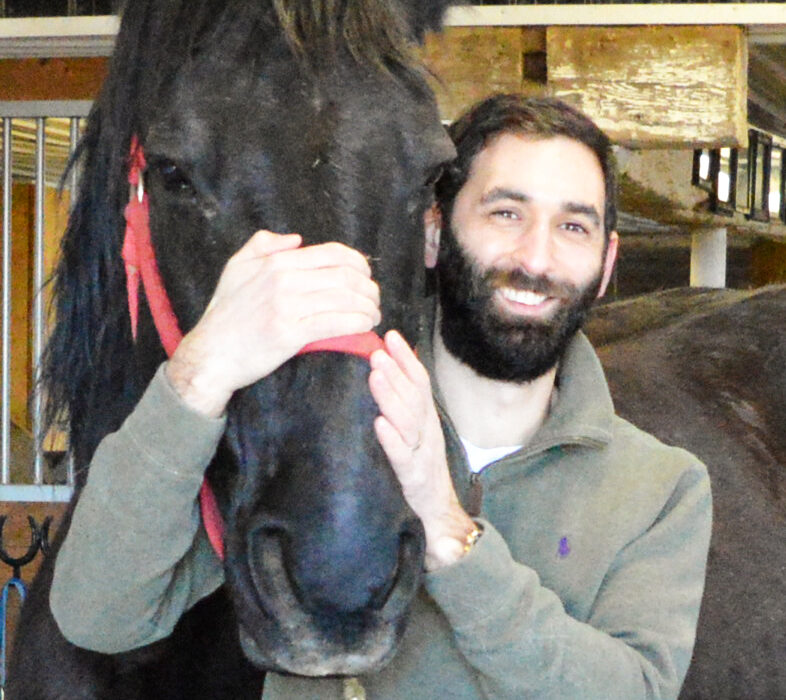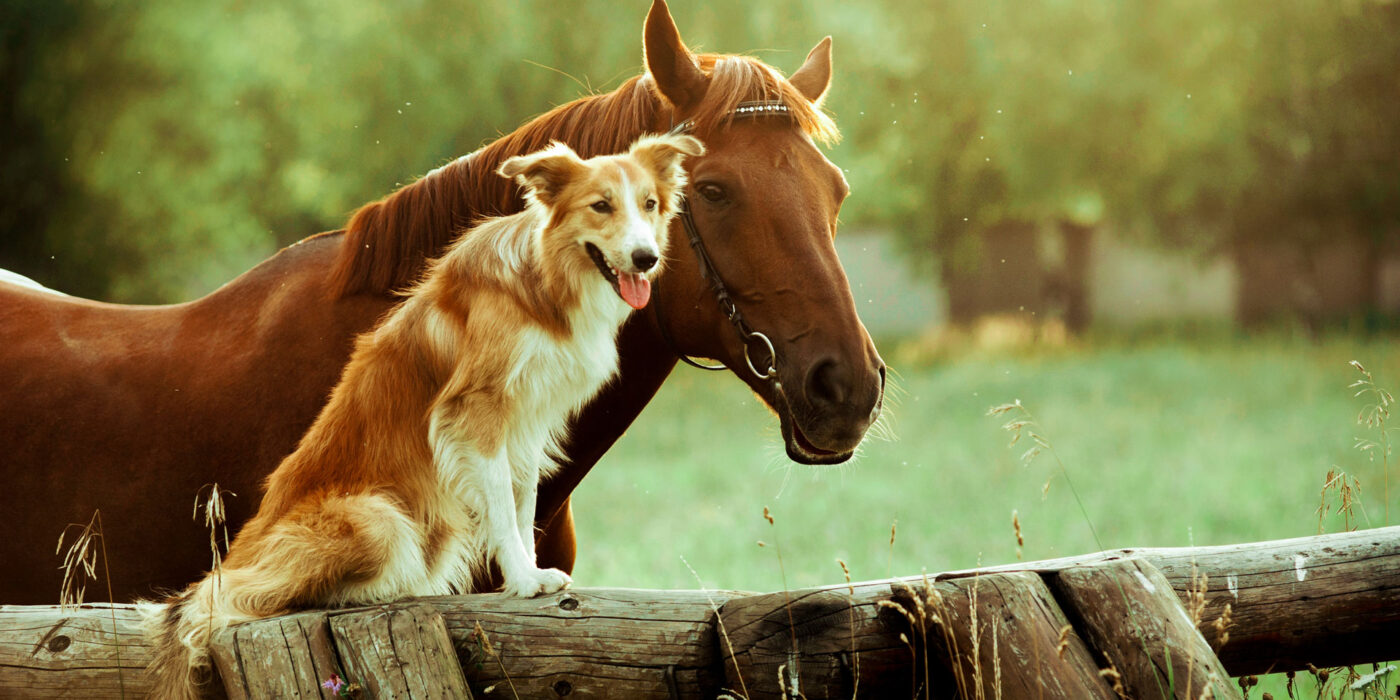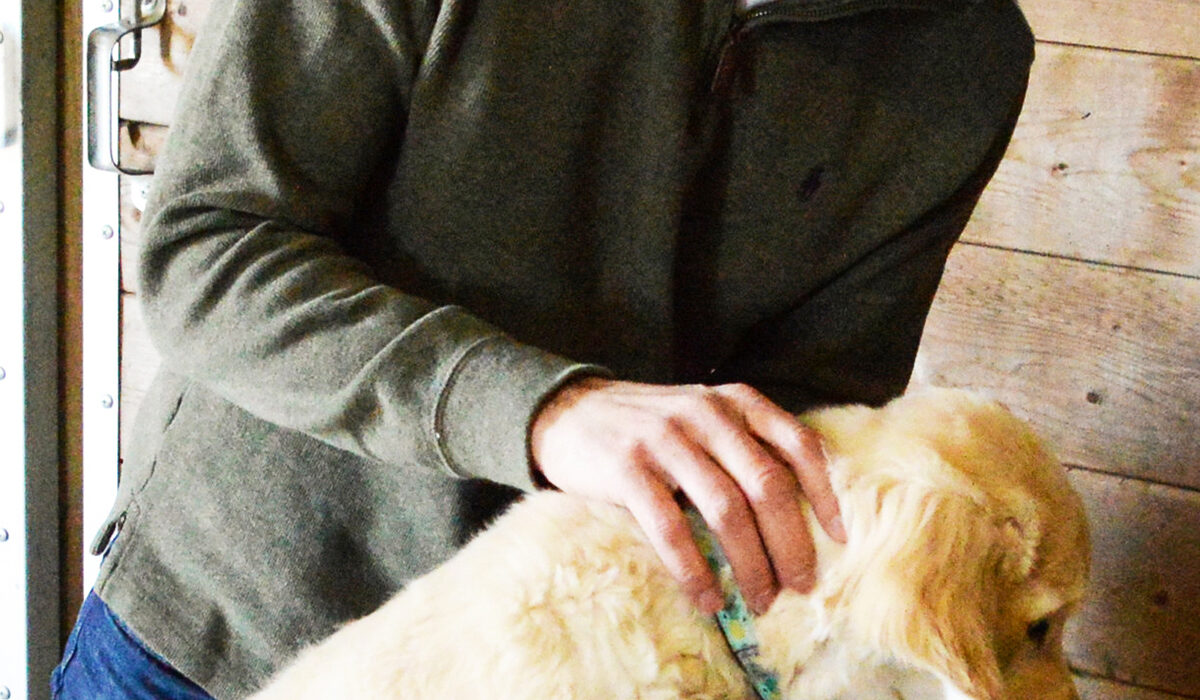This pandemic has led to a lot of families deciding to welcome a new furry family member into the household. With a lot of time spent in the house and many people working from home, it seems like an ideal time to consider adding a dog into the mix. That’s great that more people want to get a dog, however, it is serious business that requires careful thought prior to making that jump. Here are some things to consider when deciding on getting a dog:
1. Costs
Have you carefully considered the cost of owning a dog? Between the original purchase price, vet bills, training, food, toys, accessories and chiropractic care (of course) the bills add up. Are you prepared to cover the cost of ownership for the entire length of your dog’s life?
2. Breed
While we all may have our preferred breeds, you need to ask yourself if it is the right breed for you and your family’s lifestyle. Just because you find a particular breed the cutest, it may not be the right one for you. I can’t stress this enough: Do Your Research! Certain breeds may be far more susceptible to various health problems and therefore cost you more (see point 1). For example: dachshunds, although quite adorable, are quite susceptible to major back problems that require expensive surgeries (think tens of thousands of dollars). Would you cover the costs if that occurs?
You also need to know breed temperaments and activity levels. If you’re a sedentary person, a German Shorthaired Pointer would not be wise. Do you mind lots of shedding? Do you or anyone in your house have allergies? How trainable is the breed you would like? These are all questions you must have answers to before selecting a dog. I can’t stress this enough so I will say it again: Do Your Research!
3. Permanence
You’re working from home now and have quite a bit of freedom to go for mid-day walks and spend some quality 1-on-woof time but will that always be the case? Think about the future, will the drive to have a dog still be there in 2, 3, 5, 10 years? Dogs are a long-term commitments and the decision to get one shouldn’t be made without considering potential changes in life. Don’t make a spontaneous decision to get a dog.
4. Adopt vs. shop
Going back to the question about breed, is breed all that important to you? Would you like to give a dog in need a good family home? There are numerous rescue agencies out there that would love to find forever homes for dogs in need. There are also quite a number specific to certain breeds so even if you have done your research and chosen a breed, you may be able to find a rescue agency dedicated specifically to that breed. If you do intend on getting a dog from a breeder, research the breeder and make sure to seek out a reputable breeder.
So if you are going to add a dog to your family, please don’t make it a spontaneous decision. It’s a serious commitment that takes serious consideration.
And when you do get your new puppy, consider chiropractic care to help them have a full and active life!







